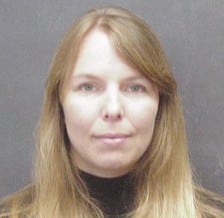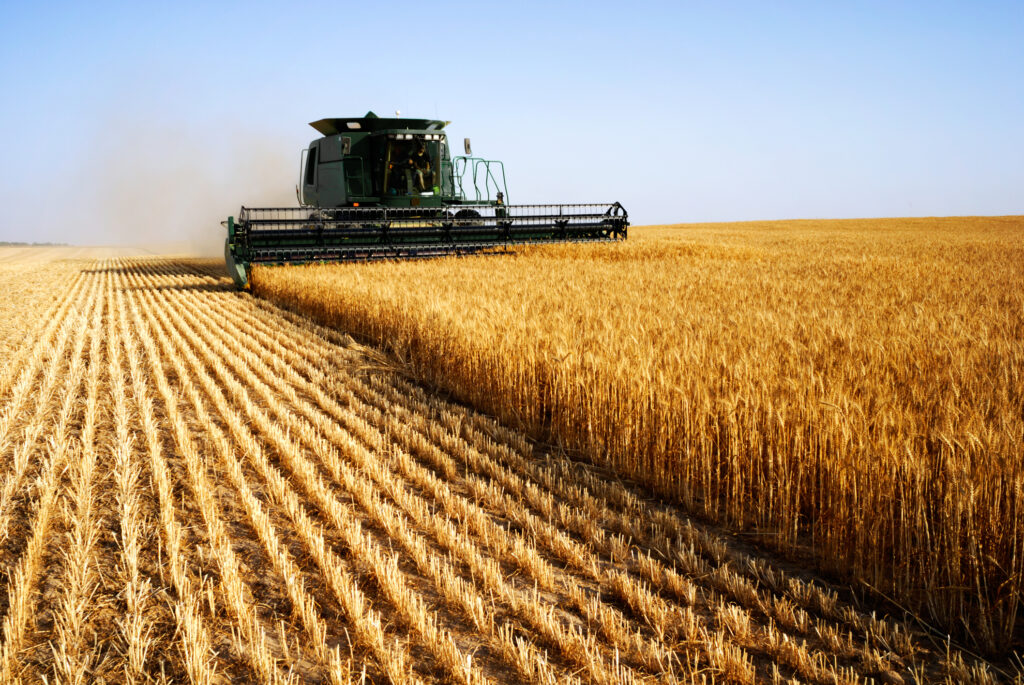Another flood season

Iowa is fortunate to have abundant water resources. Yet in a quest to improve agricultural systems and expand suburban areas, we’ve increased the speed at which water drains from the landscape and enters waterways. These practices create serious consequences for the state. Though floods are natural phenomena, society’s contributions and reactions to catastrophic flooding are human endeavors.
Iowa’s spate of floods in recent years requires that we stop to examine how we manage our land and water. If more frequent flooding is indeed “the new normal,” does Iowa need a new approach to reduce flood impacts?
Iowa rainfall data show increases in annual precipitation over the past century and increasing intensity of rainstorms, especially in the spring. Spring storms are troublesome because the land is often still saturated from snowmelt, and young vegetation does little to retain the water and soil. Recent modeling shows that extreme flooding has increased and will likely increase in the future.
Residents of northeast Iowa have experienced this situation firsthand. The Turkey River had major floods in 1991, 1999, 2004, 2008 and 2010. The 1991 flood was 1.5 times more severe than the previous record flood (1922). The 1999 flood eclipsed the 1991 record. The 2004 flood was 2.5 feet above the 1999 record. Iowa’s recent events suggest that our history-based flood models no longer work.
The Iowa Department of Natural Resources and U.S Geological Survey examined the amount of sediment and nutrients transported in Iowa streams during 2008. Researchers discovered that sediment yield from northeast Iowa streams during the floods was more than 100 times what is typically found. Similar extremes in nutrient yields were also documented.
One is left to wonder if the money and effort spent in past years to reduce these pollutants were wasted. Can Iowans positively and significantly influence water quality and, if so, how? The critical question is not whether we can avoid floods, but rather what steps slow and reduce water’s movement from the landscape, stream peak flows, and delivery of sediment and nutrients.
River corridor restoration is not part of the state’s regular dialogue. Incentives for practices that hold water on the landscape, encourage infiltration into the ground and replace lost wetlands are nonexistent or less desirable in the face of other pressures. Assessing our optimal hydrologic system is not a priority.
Effective water quality improvement in Iowa will require a comprehensive vision of modifying the way water is shed from the landscape starting with the extreme headwaters, moving through tributaries and ultimately to the largest bodies of water. There are no easy answers. But avoiding the tough questions is no longer an option.
Mary Skopec is a research geologist at the Iowa Department of Natural Resources.











